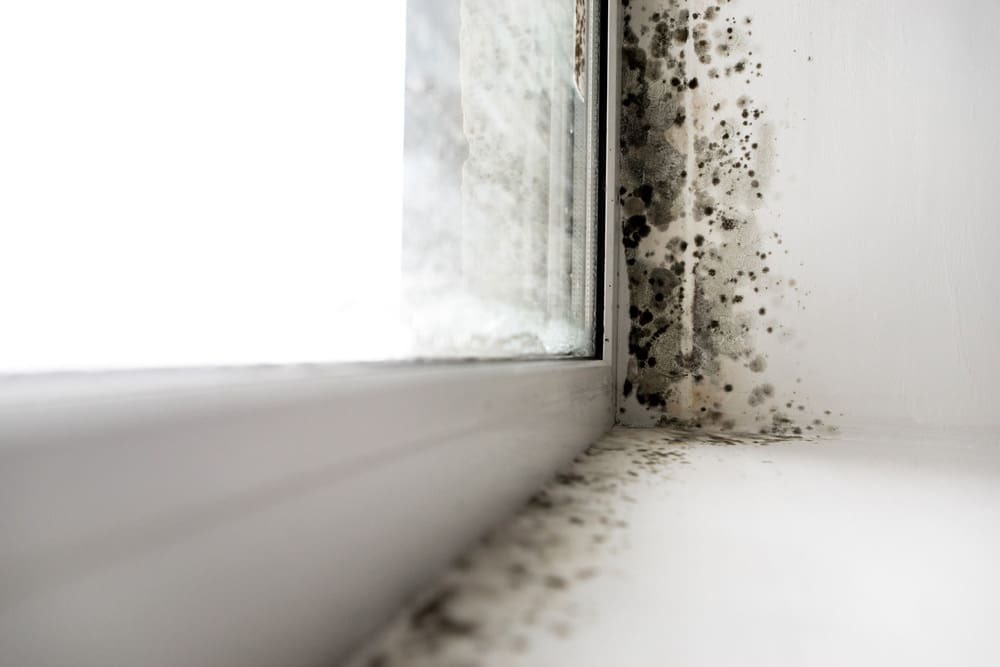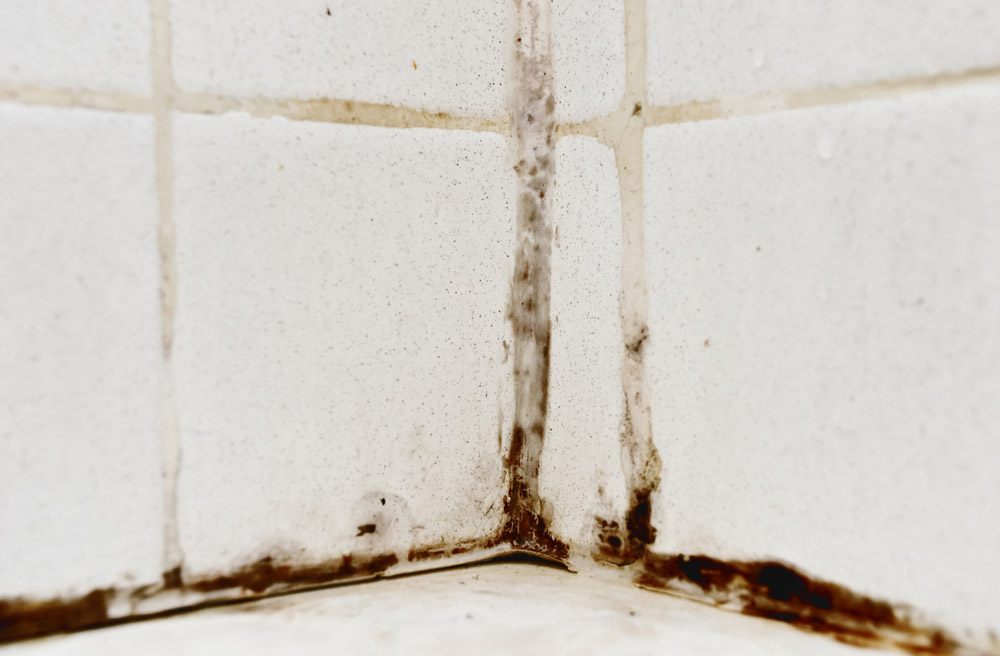
Mold in your bathroom isn’t just an eyesore; it can be a health hazard, too. But don’t worry! Armed with the right know-how on bathroom mold prevention and testing, you can keep your bathroom spotless and safe. From the pesky black spots on your shower curtains to the ominous mold on your bathroom ceiling, we’ve got you covered.
Let’s explore how to maintain a mold-free bathroom.
Understanding Mold in the Bathroom
Mold loves damp and dark places, which means your bathroom could be its perfect home, especially after a hot shower or bath. There are various types of bathroom mold, but the most common one manifests as black spots on shower curtains, bath edges, and, notoriously, the bathroom ceiling.
So, why does it appear, and what can we do to prevent it?
Bathroom Mold Prevention Basics
The key to preventing mold is tackling the conditions it thrives in: moisture and poor ventilation. Here’s how:
- Use Exhaust Fans: Always turn on the exhaust fan during and after a shower or bath to help lower air moisture.
- Open a Window: If possible, open a window to aid in ventilation and further reduce moisture.
- Keep Surfaces Dry: Wiping down floors and walls post-use significantly cuts down the moisture that mold needs to grow.
How to Test for Mold in Your Bathroom
Even with prevention, mold can sneak in. Here’s how to detect and eliminate it:
- Visual Inspection: Look for visible mold or mildew signs, especially in less-ventilated spots.
- Musty Smell: A consistent musty odor might signal hidden mold, even if it’s out of sight.
- Water Damage: Areas with water damage are prime spots for mold growth.
Finding Hidden Mold in Your Bathroom
Wondering how to find hidden mold? Here are some tips:
- Check Hidden Areas: Look under sinks, behind toilets, and inside cabinets.
- Use Moisture Meters: These tools can help detect damp areas where mold might be hiding.
- Professional Inspection: Sometimes, it’s best to call in experts, especially if you suspect widespread hidden mold.

Mold That is Black vs. Toxic Black Mold
When we talk about black mold in the bathroom, it’s essential to distinguish between common black mold and the notorious toxic black mold, also known as Stachybotrys chartarum. While both can appear similar to the untrained eye, their health implications vary significantly.
Common black mold, though unsightly and potentially allergenic, is less likely to cause severe health problems. On the other hand, toxic black mold produces mycotoxins that can lead to serious health issues, including respiratory problems, chronic fatigue, and neurological symptoms, especially in those with weakened immune systems or mold sensitivities.
Identifying the type of mold can be challenging without professional testing, so if you suspect the presence of toxic black mold due to persistent health issues or a strong, musty odor alongside visible black mold, it’s crucial to seek expert assessment and remediation to ensure your home environment is safe and healthy.
Remember: There’s no need for alarm at the sight of black mold in your home. Instead, approach the situation calmly to identify its type. Most black mold isn’t dangerous, but distinguishing between common varieties and potentially harmful ones is crucial. Professional testing can offer peace of mind and guide appropriate action.
Addressing Water Leaks: The Hidden Culprit
Water leaks are often the silent enablers of mold growth in bathrooms, going unnoticed until mold becomes visible. These leaks, whether from faulty plumbing, dripping faucets, or compromised seals, create a perpetual dampness ideal for mold.
Regularly inspecting your bathroom for leaks, not just in obvious places but also under sinks and behind toilets, is crucial. Early detection and repair can prevent mold from taking hold, safeguarding your bathroom from potential mold infestations.
Cleaning Mold in the Bathroom
Found some mold? Here’s how to clean it up:
- White Vinegar Solution: A 50/50 mix of water and white vinegar can kill most mold types. Spray it on, wait an hour, then rinse and dry.
- Ensure Proper Ventilation: Keep the area well-ventilated to avoid inhaling spores during cleanup.
Regular Cleaning to Keep Mold at Bay
Maintaining a routine that prevents mold includes:
- Washing Shower Curtains and Mats: These are common mold hotspots.
- Drying Wet Surfaces: A squeegee can minimize shower wall and door moisture.
- Exhaust Fan Maintenance: Regularly clean your fan to ensure it’s effectively removing moisture.
Long-Term Solutions for a Mold-Free Bathroom
For lasting results, consider:
- Upgrading Your Bathroom Fan: If mold persists, a more powerful fan might be needed.
- Sealing Grout Lines: Prevent water seepage and mold growth by sealing grout.
- Mold-Resistant Products: Invest in mold-resistant paint, shower curtains, and caulking.
The Bottom Line
A mold-free bathroom combines prevention, regular cleaning, and quick action at the first sign of trouble. By managing moisture levels and ensuring proper airflow, you can enjoy a healthy, refreshing bathroom space.
Remember, knowledge about different mold types, including toxic black mold vs. more common varieties, is crucial. While some molds are more harmful than others, understanding how to manage and prevent any mold growth ensures a safer environment for everyone.
Learn More About What Our Home Inspection Service Covers
Our home inspection service goes beyond just a glance, providing detailed assessments to identify and address mold issues, ensuring your home remains a healthy, mold-free environment.